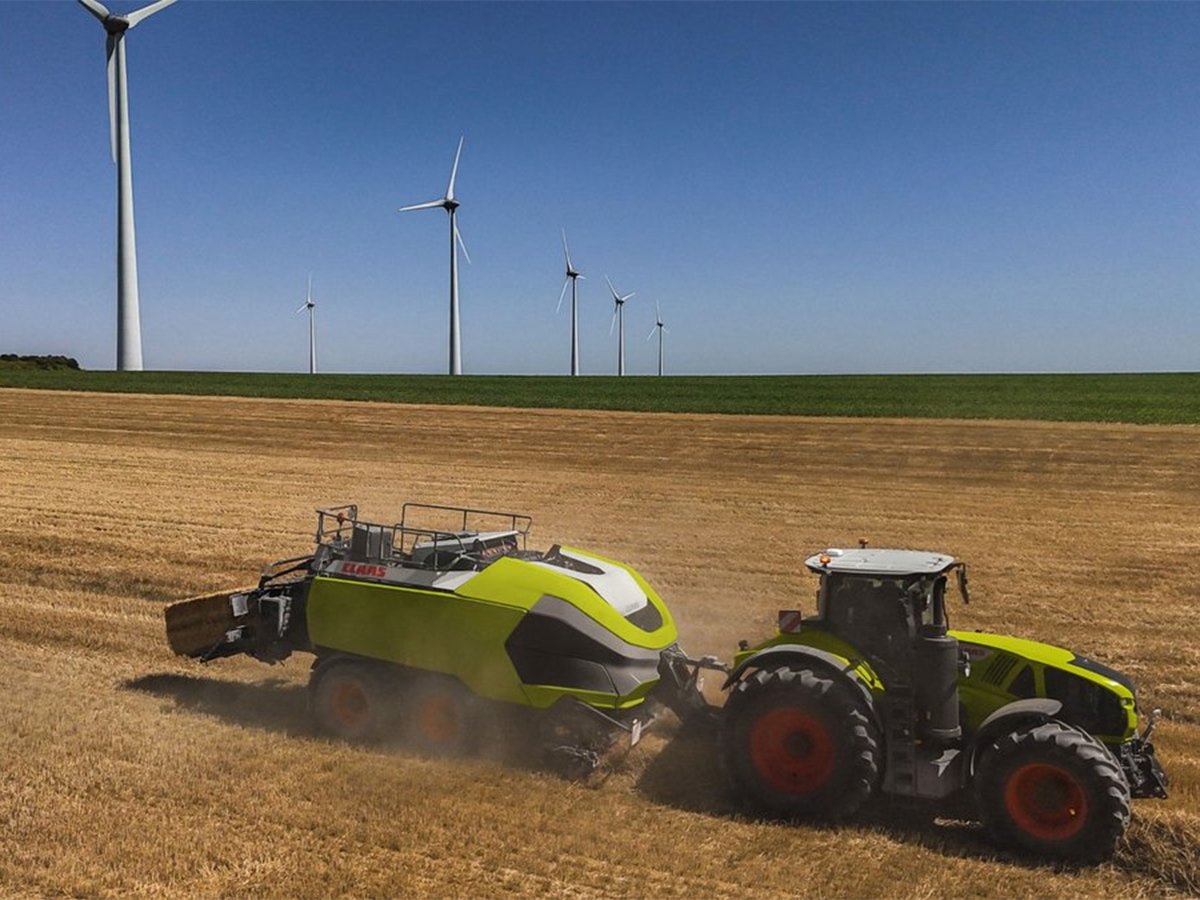Relentless cold and deep snow marked the winter of 2009 in Alberta.
In a reversal of traditional provincial weather patterns, snow accumulations on the plains were higher than normal while the average mountain snow pack was below average.
The exception was east-central Alberta, where drought plans are already in the works.
“Spring happened on March 10 and we got 15 minutes of runoff,” said Jay Slemp, manager of the Special Areas, where dry conditions are the norm.
The driest areas are north and east of the Red Deer River. At the beginning of March, the snow pack at Coronation was six centimetres deep, the equivalent of 13 millimetres of water.
Read Also

Machinery automation runs through 2025 Agritechnica innovation awards
Computer vision and AI processing for farm machinery show up many times in Agritechnica’s 2025 innovation award winners.
A lack of water for livestock has prompted the area to start making contingency plans. Dugouts in the region are built to hold two years worth of water, but Slemp said most are less than half full. Pumping and pipeline installation are among the plans being made.
The region is also looking for new wells and talking with the government about obtaining help to find secure sources of water. There are no sloughs this year to draw water for dugouts.
“It is too early to call it a drought yet,” Slemp said.
The area can receive heavy spring snowfall, but no one is depending on it, choosing instead to find other ways to adapt.
In the rest of the province, the plains snow pack in some regions is 200 percent of normal but snow water content is moderate to moderately high, said Alberta Environment.
The department is also forecasting below normal precipitation for the south but above normal for northeastern Alberta.
Cara Van Marck of Alberta Environment said that could all change with a big spring snow storm.
“It is not uncommon for us to get heavy snow in April.”
Runoff will be below normal, she said, but more snow on the plains should balance out the water situation for most regions.
Mountain snow is an important source of water to supply rivers and reservoirs in the spring. Accumulation at this time of year accounts for about three-quarters of the seasonal total supply. All of the major river basins are reporting below to much below average snow packs since being measured in March.
Alberta Environment officials check the depth as well as the snow density for water equivalents.
Reservoirs throughout southern Alberta’s irrigation region are full and the ground is too wet for spring field work. Dugouts and farm ponds are full.
“We had an exceptionally heavy snow pack on the prairies but a lower one in the mountains,” said Richard Phillips, manager of the Bow River Irrigation District, which includes the Vauxhall region.
Southern Alberta saw few chinooks this year so the snow did not melt to the bare ground. The region still has plenty of snow, wet ground and canals full of snow.
“We have never seen so much snow drifted and plugged in the canals,” Phillips said.
Geoff Brotherton, agriculture fieldman for Cypress County in southeastern Alberta, said conditions are mixed.
Dugouts are full in the southeast and water is standing in fields, but fields in the Medicine Hat-Dunmore region are dry, and farmers are already asking about renting the county’s seeding equipment.















